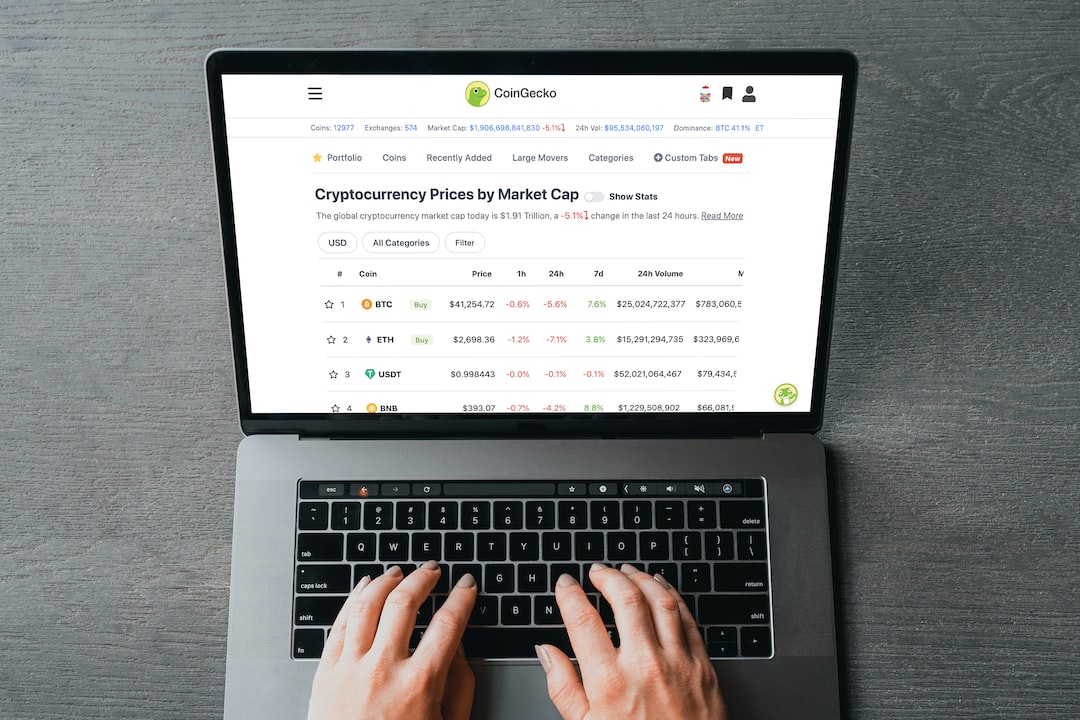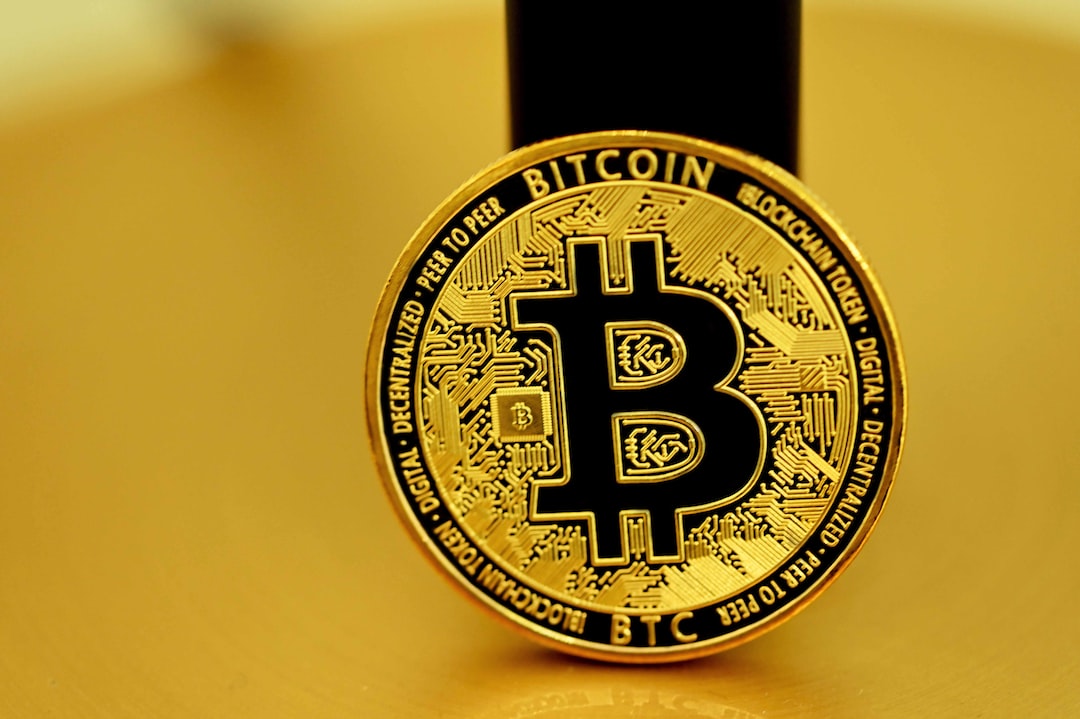Ripple President Discusses the Global Appeal of XRP
In a recent special series on global consumer behavior, the Ripple Labs president explains why cryptocurrencies like BTC and XRP are gaining popularity in the developing world. The president argues that traditional financial structures are too slow to keep up with the current pace of global commercial growth. As a result, people in developing economies, where macroeconomic instability and weak inflation controls exist, are turning to cryptocurrencies as an alternative to their local currencies.
In addition to BTC and XRP, developing countries are also embracing stablecoins. These digital assets provide stability and protection from the volatility of local currencies. For example, in countries like Argentina, Zimbabwe, and Nigeria, people are increasingly using stablecoins or U.S. dollar-backed stablecoins for savings and transactions.
The Role of TradFi and the Need for Clear Standards
TradFi refers to the mainstream financial system and its conventional institutions such as banks. According to Techopedia, TradFi encompasses retail, investment, and commercial banks operating within this system.
The International Monetary Fund (IMF) recognizes that decentralized finance (DeFi) and traditional finance can coexist harmoniously but emphasizes the importance of clear standards and rules for their collaboration. This sentiment was expressed in a 2022 think piece titled “‘DeFi and ‘TradFi’ Must Work Together.”
Ripple Labs is seeking clear standards and rules from U.S. courts and regulators as it continues to face litigation in the Securities and Exchange Commission’s XRP lawsuit.
Ripple Labs’ Whitepaper on CBDCs
Ripple Labs has recently published a whitepaper on central bank digital currencies (CBDCs). These digital versions of sovereign currencies could enhance public transparency and market efficiency for central banks.
The whitepaper predicts that there will be approximately $5 trillion worth of CBDCs circulating globally within the next decade. This digital evolution of money has the potential to bring significant value to global economies by streamlining cross-border payments and promoting financial inclusion.
The U.S. Federal Reserve Bank is also exploring the idea of a CBDC. The Fed sees it as an opportunity to expand safe payment options and improve liquidity, products, services, and cross-border transactions.
Hot Take: Ripple’s Vision for the Future of Finance
Ripple Labs’ president’s insights into the global appeal of cryptocurrencies and the potential of CBDCs highlight the ongoing transformation in the financial industry. As traditional financial structures struggle to keep up with the pace of commercial growth, digital assets like XRP and stablecoins are gaining popularity in developing countries.
Furthermore, Ripple Labs’ focus on clear standards and rules demonstrates their commitment to regulatory compliance and collaboration between decentralized finance and traditional finance. With their whitepaper on CBDCs, Ripple Labs is actively contributing to the conversation surrounding the future of money and its potential impact on global economies.





 By
By
 By
By
 By
By

 By
By
 By
By